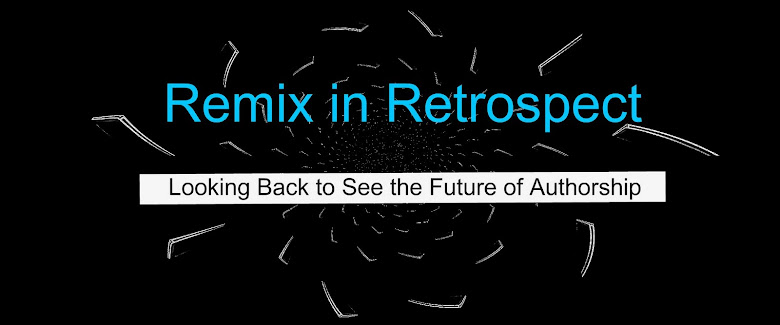Knives and Scissors:
Cutting up Text in Early Modern England
Cutting up Text in Early Modern England
Dr Adam Smyth
Department of English and Humanities
Birkbeck, University of London
Department of English and Humanities
Birkbeck, University of London
In this paper I want to suggest that early modern readers often cut up printed and manuscript texts, and that they did this with no great sense of transgression. I’ll explore the archival evidence for this practice, and then think about the implications for early modern literary culture, and in particular for ideas of authorship. I’ll start with one spectacular instance of cutting and pasting: the remarkable Biblical Harmonies produced at Little Gidding in the 1630s and 1640s. These Harmonies were lavish folio books constructed by cutting up printed texts of the four Gospels, and gluing the fragmented texts back into a new order. As well as cutting up and reordering printed text, members of Little Gidding included hundreds of prints to illustrate the text – prints which were themselves usually reworked with knives and scissors, and often conflated to produce something that would much later be called collage. This striking compositional method was, I suggest, oddly typical of a reading culture in which readers often consumed texts with knives and scissors. If this is the case – and I’ll provide evidence to suggest that it was – how does this enable us to rethink early modern writing, reading, and authorship? What challenges do these practices present to a history of the early modern book that is often organised around narratives linking print with fixity and the establishment of a stable literary canon? How different is the early modern book, and the early modern author, after cutting up?
